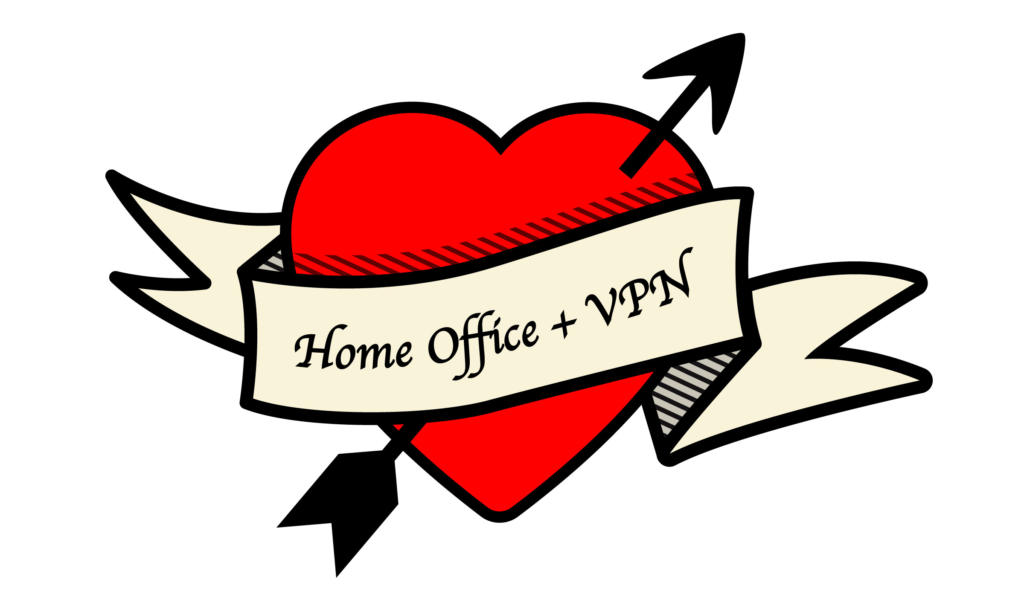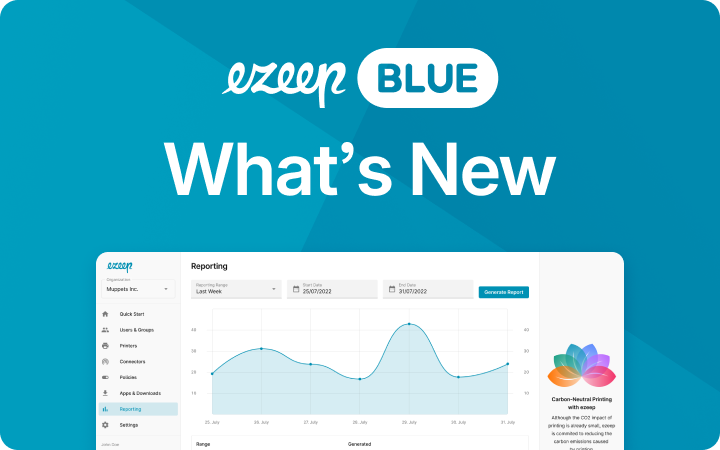Home Office Needs VPN
The home office has become the norm in many companies since the advent of Corona. Being outside the usual office, home offices often lack the tools that users need to work effectively.
An essential factor for smooth workflows is a virtual private network (VPN). In the home office, the VPN connection allows employees to securely access the corporate network. In unsecured WLANs, they also need a VPN connection if data should be protected. Here are some practical examples and tips on how to do things correctly.

Working From the Home Office: This Option Is Available
Today, there are several ways to perform office work from the home office. Users can, for example, access the corporate network via a secure network connection and VPN.
If the company offers VPN access, employees can log on to the VPN server from home using an appropriate program. With a virtual private network (VPN), the home computer can then connect to the corporate network without any concerns. To do this, it establishes an encrypted connection to the company’s VPN server via the internet. Depending on the configuration of the company’s VPN, the home computer becomes part of the company network by receiving an IP address from the company network.
This allows the employee to access the same shared resources and services as from an office PC. Another form of VPN access is connecting just to specific programs on the corporate network, such as task and customer management software.
For a VPN connection, employees need access details, which they receive from their company. Beforehand, they must install the VPN client software on their home PC, which contains the necessary certificates. They run this software and enter the URL of the services in the browser to be able to work with it. So, to summarize: a secure home office needs VPN!
Printing From a Home Office VPN
Things get tricky when it comes to printing. If a user is connected to the VPN network and wants to print to their home office printer, this usually doesn’t work. As soon as they connect to the VPN server, they cannot connect to the local resources like the printer. Even though the printer is next to the computer, security settings prevent the user from VPN printing in the home office. This is perfectly logical behavior on behalf of the VPN because the whole point is to separate the corporate network from the local computer. This is also why blocking the computer’s USB ports is advisable.
The ezeep Hub can be used to enable printing despite VPN. The Hub is centrally managed and kept up-to-date by the company. Since the ezeep Hub is only designed for printing and no other software can be installed, it is immune to malware. An attack of malware from a private computer is impossible.
For this purpose, the company sends the Hub directly to the home office of the employee. The employee plugs in the Hub and informs the IT department of the Hub’s MAC address, which is located on the casing. The IT staff enters the MAC address into their management console, after which the employee can immediately use his or her printer in the home office.
This eliminates the need for employees to find an unsecure workaround, such as forwarding emails to private email addresses. The ezeep Hub is the ideal complement for a secure, VPN-secured home office workplace.
Home office needs VPN. And the home office with VPN needs the ezeep Hub.
Enterprise Inquiries
Don’t let outdated print management slow you down any longer. Please fill out the form and a member of our team will be in contact shortly.

